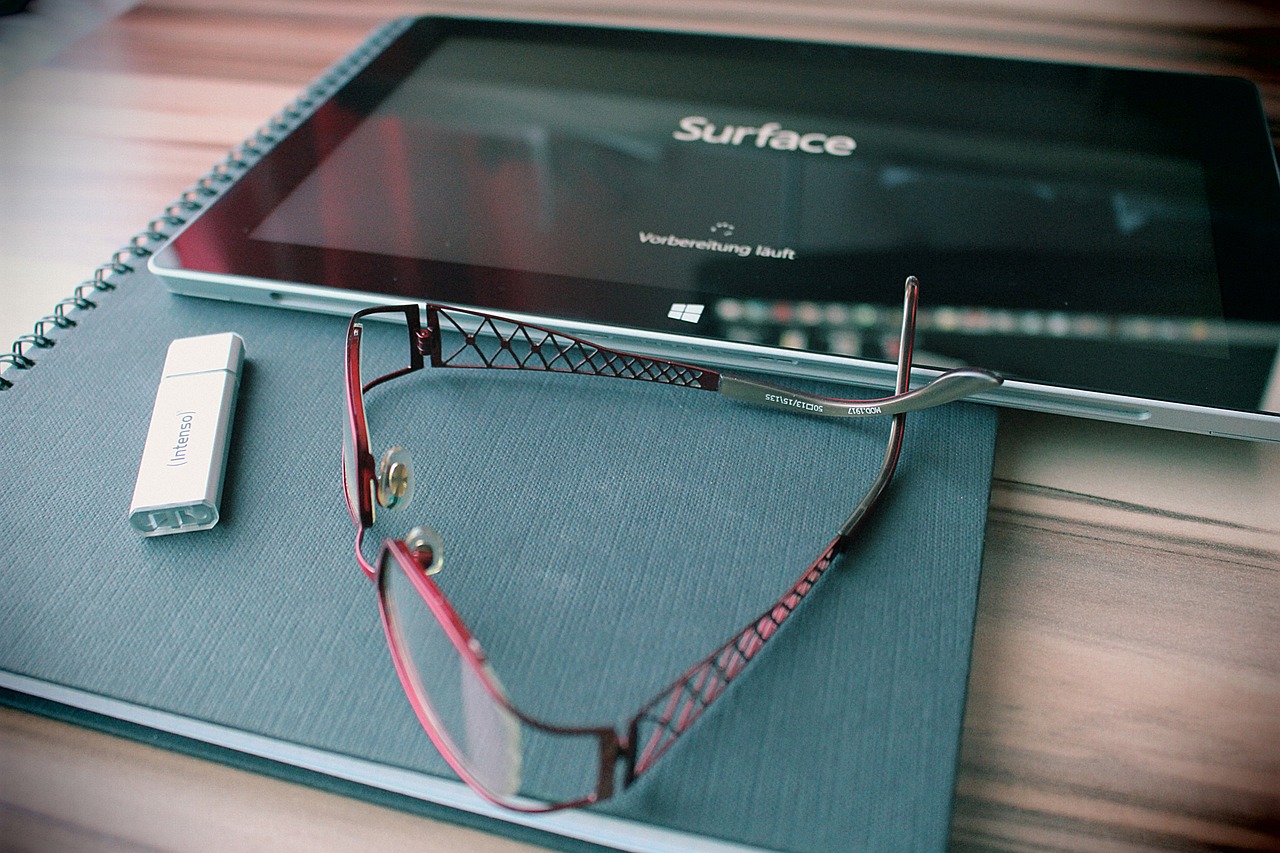The Role of EdTech in Promoting Mindfulness in Education
11xplay pro login, tigerexch247 live, betbook.com: The Role of EdTech in Promoting Mindfulness in Education
In today’s fast-paced world, stress and anxiety are increasingly prevalent among students of all ages. This has led to a growing interest in incorporating mindfulness and meditation practices in education to help students improve focus, reduce stress, and enhance overall well-being. Educational technology, or EdTech, plays a crucial role in making mindfulness practices more accessible and engaging for students.
1. What is mindfulness?
Mindfulness is the practice of being fully present and aware of one’s thoughts, feelings, and surroundings without judgment. It involves paying attention to the present moment and accepting it without getting caught up in past or future worries.
2. Benefits of mindfulness in education
Mindfulness has been shown to improve students’ attention spans, memory, and emotional regulation. It also helps reduce stress and anxiety, leading to better academic performance and overall well-being.
3. How can EdTech promote mindfulness in education?
EdTech tools can provide students with easy access to guided meditations, breathing exercises, and mindfulness activities. These tools can be integrated into the classroom curriculum or used independently by students to practice mindfulness at their own pace.
4. Mindfulness apps
There are numerous mindfulness apps available that offer a wide range of guided meditations, stress-relief exercises, and mindfulness practices. These apps can be used on smartphones, tablets, or computers, making them easily accessible to students both in and out of the classroom.
5. Virtual reality
Virtual reality technology can create immersive mindfulness experiences for students, allowing them to escape the distractions of the outside world and focus on their inner thoughts and feelings. VR can transport students to peaceful environments where they can practice mindfulness meditation and relaxation techniques.
6. Wearable devices
Wearable devices like smartwatches and fitness trackers can also promote mindfulness by reminding students to take breaks, breathe deeply, and practice mindfulness throughout the day. These devices can track students’ stress levels and provide feedback on their progress in cultivating mindfulness habits.
FAQs
1. How can teachers incorporate mindfulness practices into their classrooms?
Teachers can start by introducing short mindfulness exercises at the beginning or end of each class to help students center themselves and focus on the present moment. They can also integrate mindfulness activities into lesson plans or provide resources for students to practice mindfulness on their own time.
2. Are there any risks associated with practicing mindfulness in education?
While mindfulness has numerous benefits, it’s important to be aware that it may not be suitable for all students. Some students may find mindfulness practices challenging or triggering, especially those with trauma histories or mental health issues. It’s crucial for teachers to provide a safe and supportive environment for students to explore mindfulness at their own pace.
In conclusion, EdTech plays a vital role in promoting mindfulness in education by providing students with innovative tools and resources to cultivate mindfulness practices. By integrating mindfulness into the classroom through technology, educators can help students develop essential skills for managing stress, improving focus, and enhancing overall well-being.







